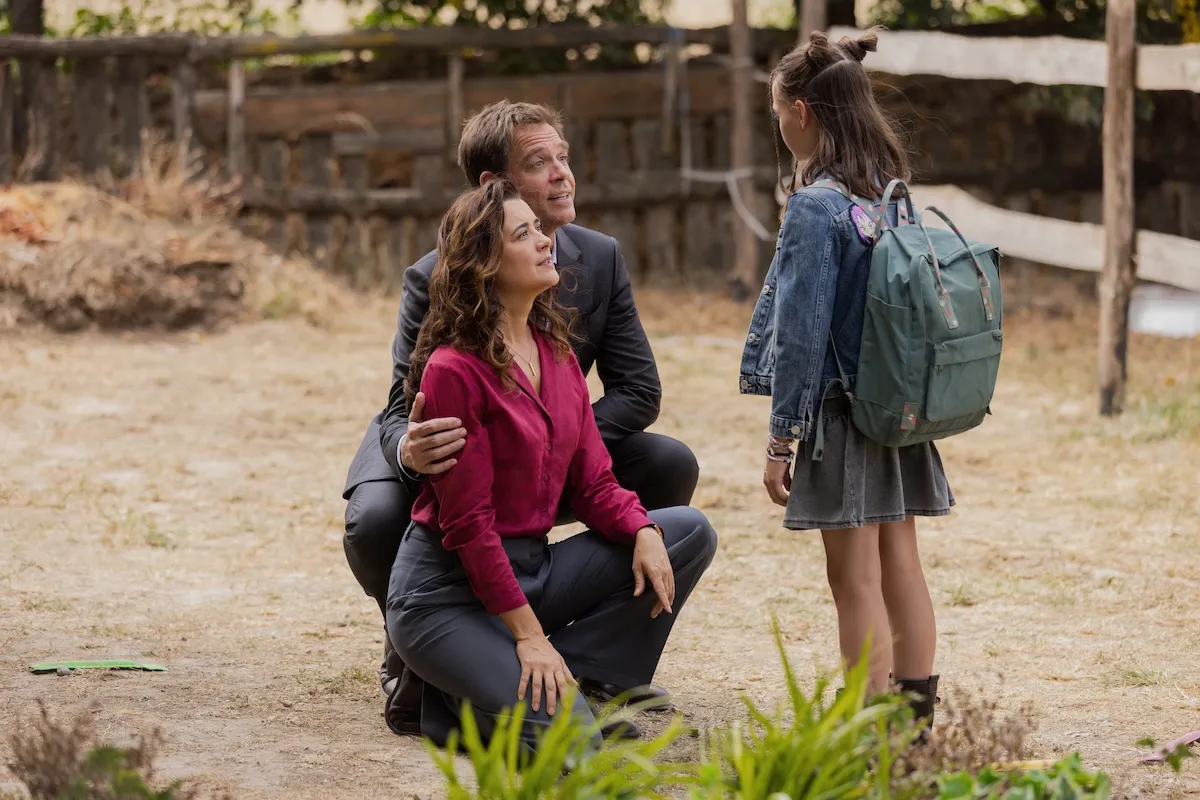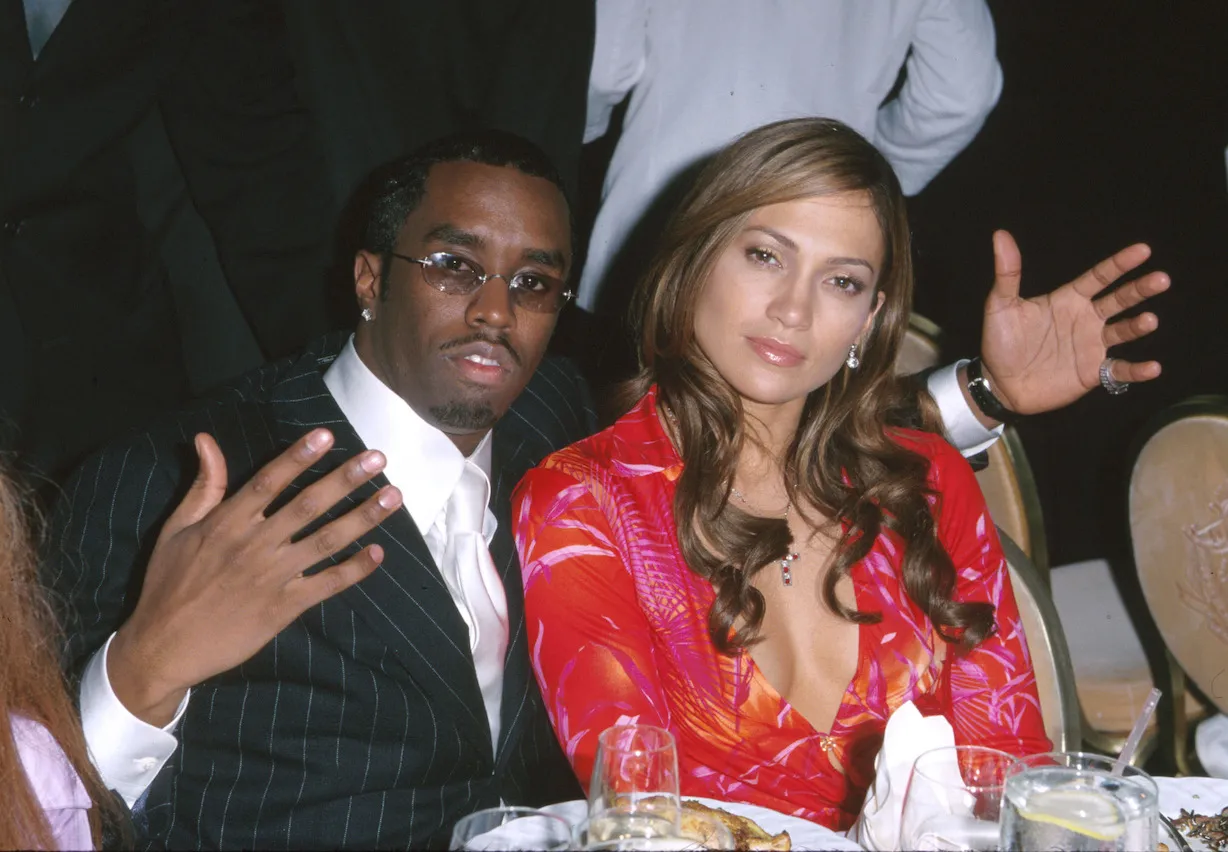Remembering John Lennon: Doctors and Police Recall Their Frantic Efforts To Save the Beatle’s Life in 1980
John Lennon was shot at very close range by his assassin on Dec. 8, 1980, in front of his home at the Dakota building in Manhattan. What had been an unremarkable December day turned into a nightmarish bloodbath, as the gunman calmly, after calling out to Lennon, shot him four times in the chest and back.
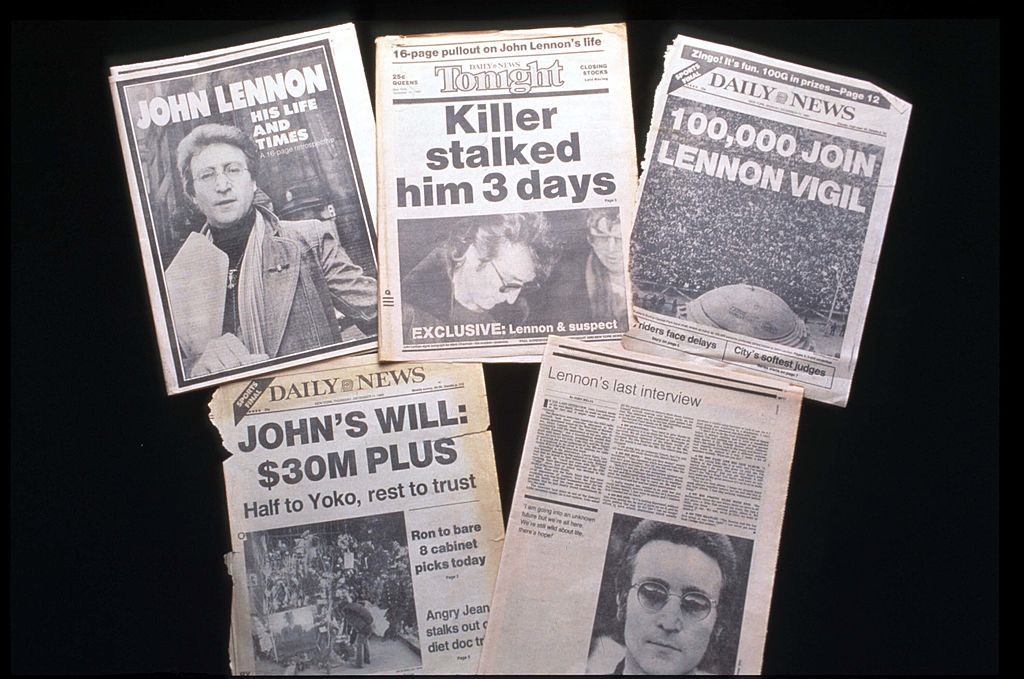
He then, just as calmly, took out his copy of A Catcher in the Rye and began to read as Lennon and his wife, Yoko Ono, screamed in anguish and horror.
Here are the recollections of those whose lives intertwined with the former Beatle’s that evening, memories they would never forget.
The police who arrived first to the scene
NYPD Officer Peter Cullen was first to arrive at the scene with his partner, Steve Spiro, according to Inside Edition.
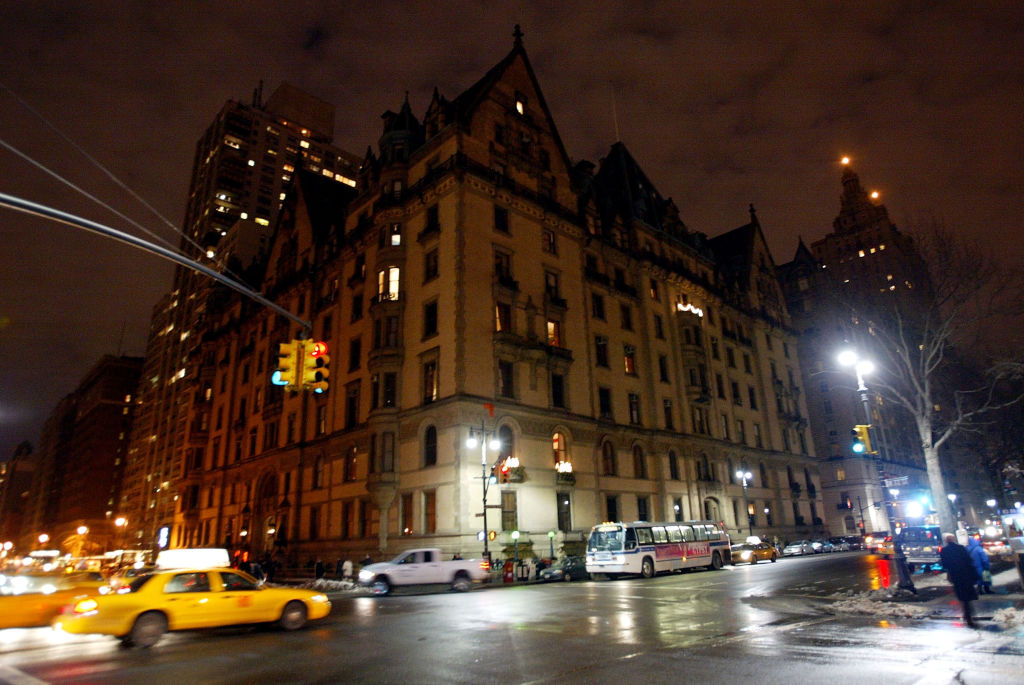
Cullen and Spiro arrived around 10:30 PM. The Dakota doorman pointed Chapman out to police. The killer was standing with his hands over his head and his book in between. He was read his Miranda rights and handcuffed.
“Lennon was already in the vestibule and people were standing around him,” Cullen recalled. “Everyone was frozen. The rest of that night was bedlam.”
‘This is John Lennon’
Soon after, another NYPD radio car arrived with officers Herb Frauenberger and Tony Palma.
At this point, Lennon had lost a great deal of blood. He was unrecognizable.
“I turned [Lennon’s] head and something in my mind said, ‘I know this guy,’” Palma said. “We had seen him before; he was a visible figure in New York City. As I turned his head, the doorman said, ‘This is John Lennon.’ It hit me like a ton of bricks.”
They frantically began trying to save the former Beatle. “We treated it like a cop was shot,” Palma said. With the radio dispatcher telling the officers an ambulance was 10 minutes away, they knew they couldn’t wait that long.
“If you see someone bleeding out like that, you don’t want to leave them there,” Palma said.
Lennon is taken to the hospital in a police car
Spiro, one of the officers who arrived first, recalled to the NY Post in 2005 seeing Lennon being moved to a police car.
“I turn to my right, and I see John Lennon being carried out of the building. They carried him face-up, shoulder-high. I saw the blood gurgling out of his mouth. I’m just saying, ‘Oh my God, this guy’s drowning in his own blood, he’s hit in the lungs.'”
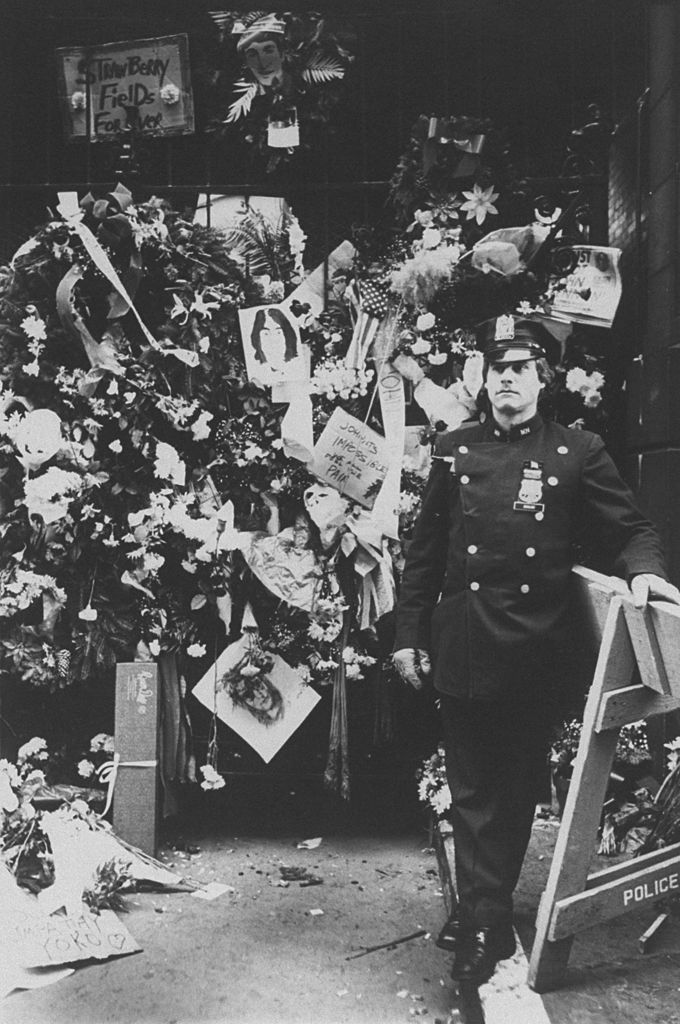
Another radio car with officers Bill Gamble and Jim Moran arrived on the scene. Frauenberger and Palma put Lennon in that vehicle and they hurried to Roosevelt Hospital, which was more than ten blocks away.
“[Gamble and Moran] radioed that they had a gunshot wound and I said, ‘Don’t say it is John Lennon, we don’t want a zoo at the hospital,’” Frauenberger said.
According to reports, Gamble and Moran tried to speak to Lennon while he was in the back of their patrol car. “I said, ‘Are you John Lennon?'”
“And I think he said, I heard a moan, and he nodded and he said yes, and they laid him across the back seat [of the patrol car].”
Lennon’s arrival at Roosevelt Hospital
The medical team at Roosevelt was waiting for them. On duty that night was Dr. David Halleran, then a 29-year-old surgeon.
“In those days we had beepers,” he told InsideEdition.com. “They paged me and said, ‘We have a gunshot wound to the chest.’ They never said it was Lennon. He arrived by police car. That was different.”
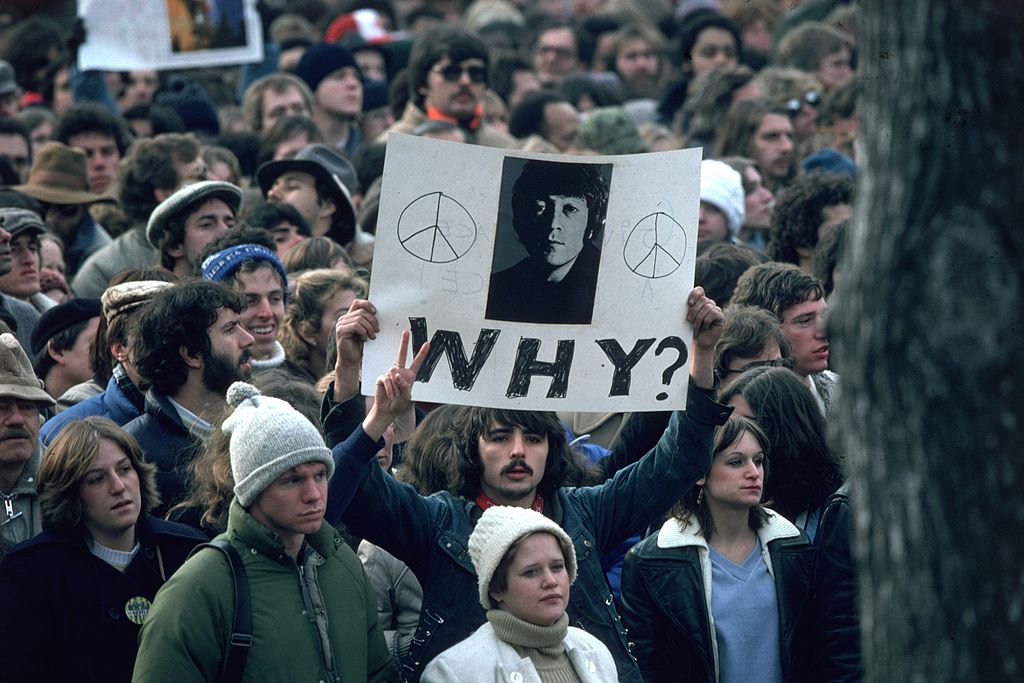
Meanwhile, Officers Frauenberger and Palma brought Ono to the hospital.
“She was in shock,” Frauenberger recalled about Ono. “… [and asking] if he was going to be alright and we tried to reassure her, but I knew it was serious.”
‘That looks like John Lennon’
Once in the operating room, Lennon had lost so much blood that he had no pulse. Dr. Halleran held Lennon’s heart, pumping and massaging it. He still didn’t know whose heart he was holding.
“Someone says, ‘That looks like John Lennon,’” Dr. Halleran recounted. “Someone went through his wallet and found his gold AmEx card. He had photos in his coat pocket.”
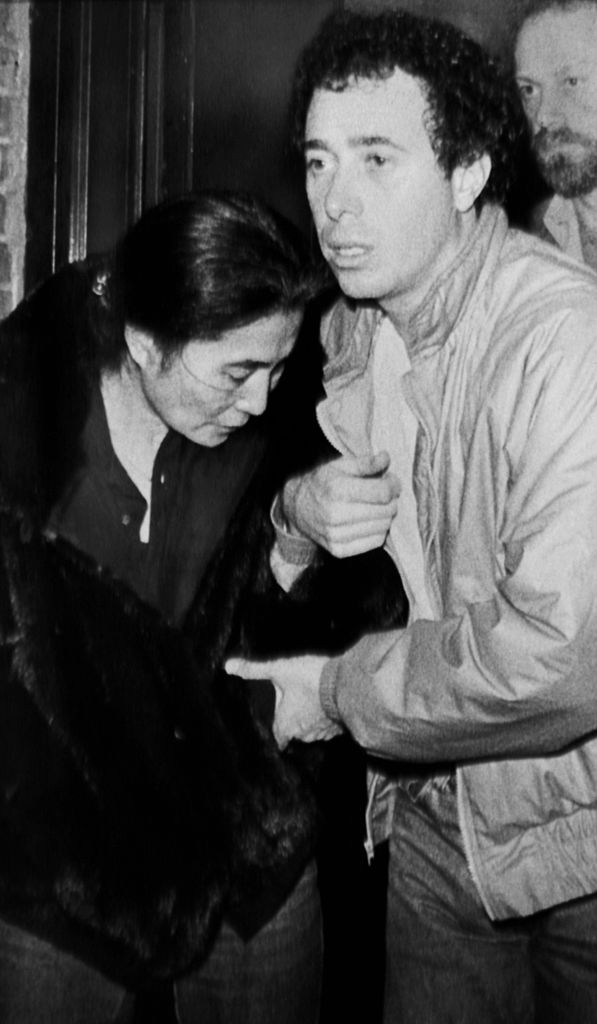
Meanwhile, Ono called the Lennons’ friend, record executive David Geffen, who rushed to the hospital.
“She got off the phone and I took her to a back room in the hospital,” Officer Palma said. “I stayed with her for a half-hour while they worked on him.”
‘He was very much gone’
The medical team finally accepted they could not revive John Lennon.
“It looked like we weren’t getting anything back,” Dr. Halleran recalled. “We weren’t getting a pulse back, we weren’t getting a blood pressure back, we weren’t getting pupil response back. He was very much gone.”
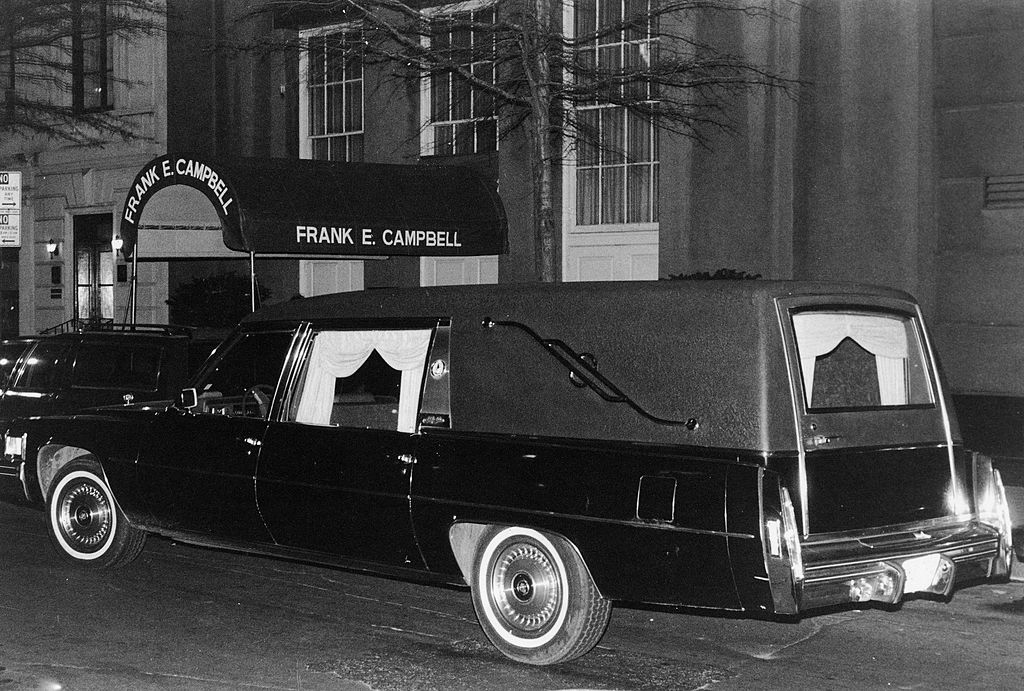
Palma remembers the moment a doctor came into the room to deliver the devastating news to Ono, who was overcome with emotion.
Officers Frauenberger and Palma returned a traumatized Ono, as well as Geffen, back to the Dakota, which was now mobbed with people and police.
The responding officers and medical staff all expressed the same thought, that the night of Dec. 8 would never leave them. Every time they heard a Beatles or John Lennon song, the events of that evening would flood over them.
“It would have been nice to see what he would have done at 75,” Dr. Halleran said. “The fact that I am talking about this is even more impressive. What we did was a fly speck of history.”
Read more: The ‘Sgt. Pepper’ Song John Lennon Said Was ‘Pure’ ‘Like a Watercolor’
